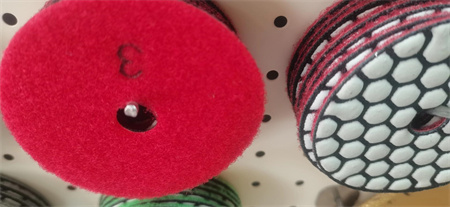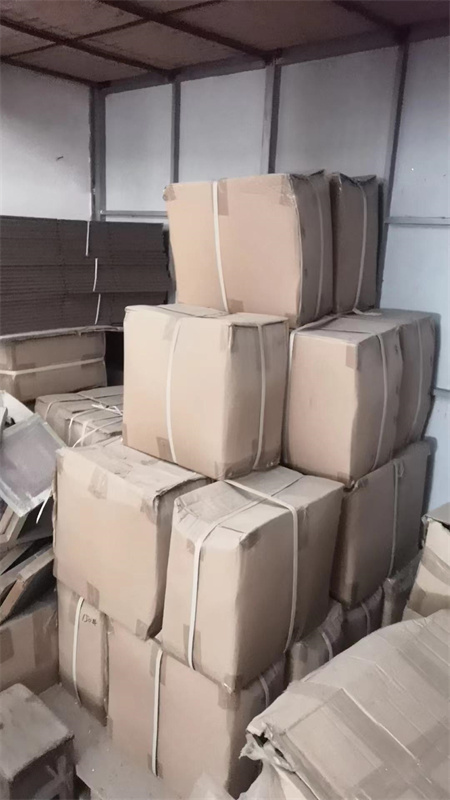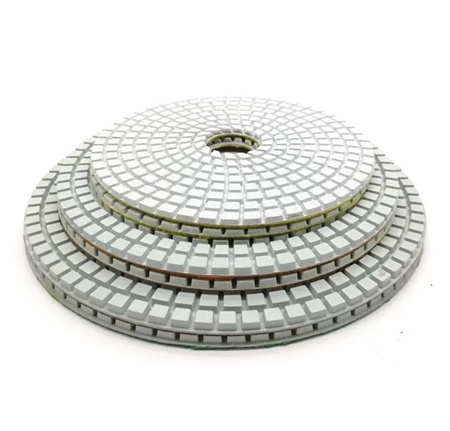Tips for Properly Storing Diamond Pads

Avoid Excessive Moisture
One of the most important factors in storing diamond pads is keeping them dry. Excess moisture can cause the diamond abrasive to deteriorate, potentially making the pads less effective. Whether you’re storing them at a job site or in your workshop, try to keep them in a dry environment. If you’re working in a particularly humid area, consider using desiccants or moisture-absorbing bags to keep the air around your pads dry.
Keep Pads Away from Direct Heat
Heat can cause the bonding agents in diamond pads to break down, reducing the pad’s effectiveness. Storing them in a temperature-controlled space is ideal. If you must store them in a garage or workshop, try to avoid direct exposure to heat sources like radiators, ovens, or sunlight. Extreme temperature fluctuations can also have a negative impact, so keeping them in a consistent, moderate environment is key.
Store in a Safe, Organized Space
Storage might seem like a small concern, but if you pile your diamond pads on top of each other or toss them into a bin without organization, you run the risk of damaging them. Pads can easily become misshapen, especially if they are subjected to unnecessary pressure or weight. Find a dedicated storage space, such as a shelf, drawer, or toolbox, where you can keep each pad in an organized manner. Some people use dividers or small containers to keep their pads separated and protected from accidental damage.
Keep Pads Clean
Before storing your diamond pads, always make sure they are clean and free from debris. Dust, dirt, or other materials can compromise their performance and can even cause the diamond crystals to wear unevenly. After each use, gently wipe the pads with a soft cloth to remove any excess dirt. For more thorough cleaning, use water or a mild detergent and allow the pads to air dry completely before storing them. Never store damp pads, as this can lead to mold or mildew growth.
Use Protective Covers
If you’re storing diamond pads for an extended period or transporting them to different job sites, consider using protective covers or cases. These are especially useful for preventing scratches, dents, or any physical damage that could occur during storage or transit. A simple plastic cover or a padded case can go a long way in maintaining the pads’ integrity.

If you don’t plan to use your diamond pads for a while, it’s still essential to keep them stored properly. Over time, even if the pads are not in use, they can become less effective if not stored properly. Make sure to store them in a stable, cool, dry environment. If you can, check on them occasionally to ensure they are not becoming damaged or showing signs of wear due to improper conditions. If you plan on storing them for several months, it may even be worth giving them a light cleaning and inspection before putting them away for the long haul.
Label Your Pads

Conclusion
Diamond pads are a significant investment, and proper storage is key to prolonging their lifespan and maintaining their efficiency. By keeping them clean, dry, and stored in a safe environment, you can ensure they stay in optimal condition for years to come. Avoiding moisture, heat, and pressure while using protective covers will help you get the best performance from your diamond pads every time. By taking a few extra steps to care for your tools, you’ll not only save money in the long run but also improve the quality of your work.